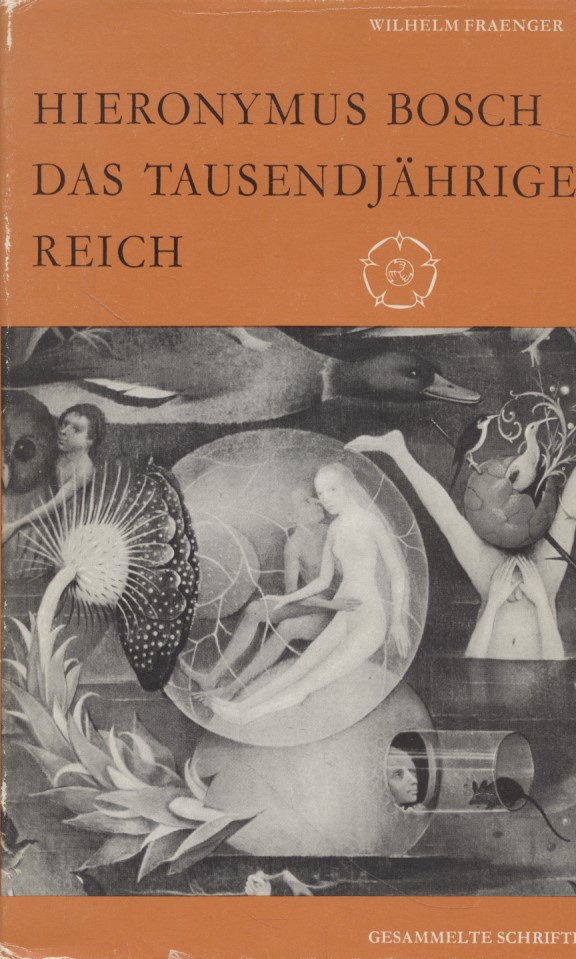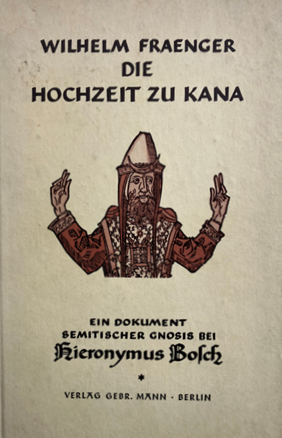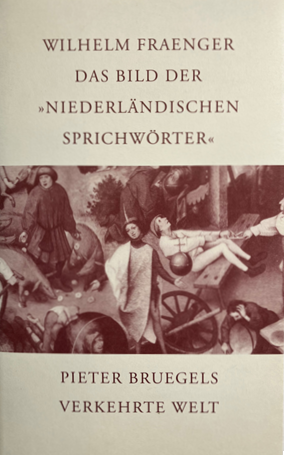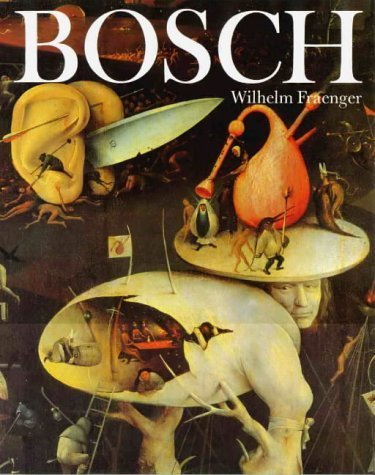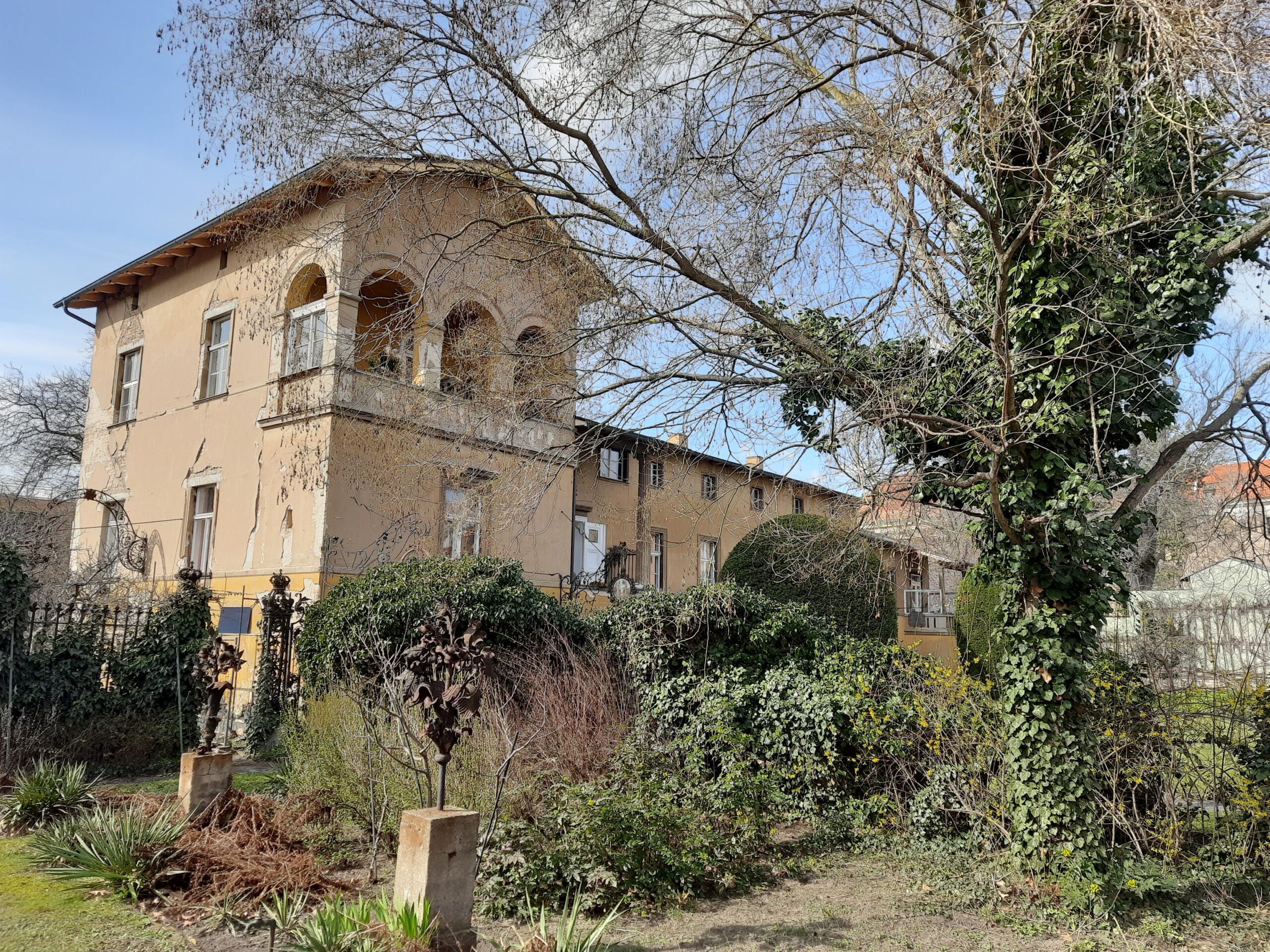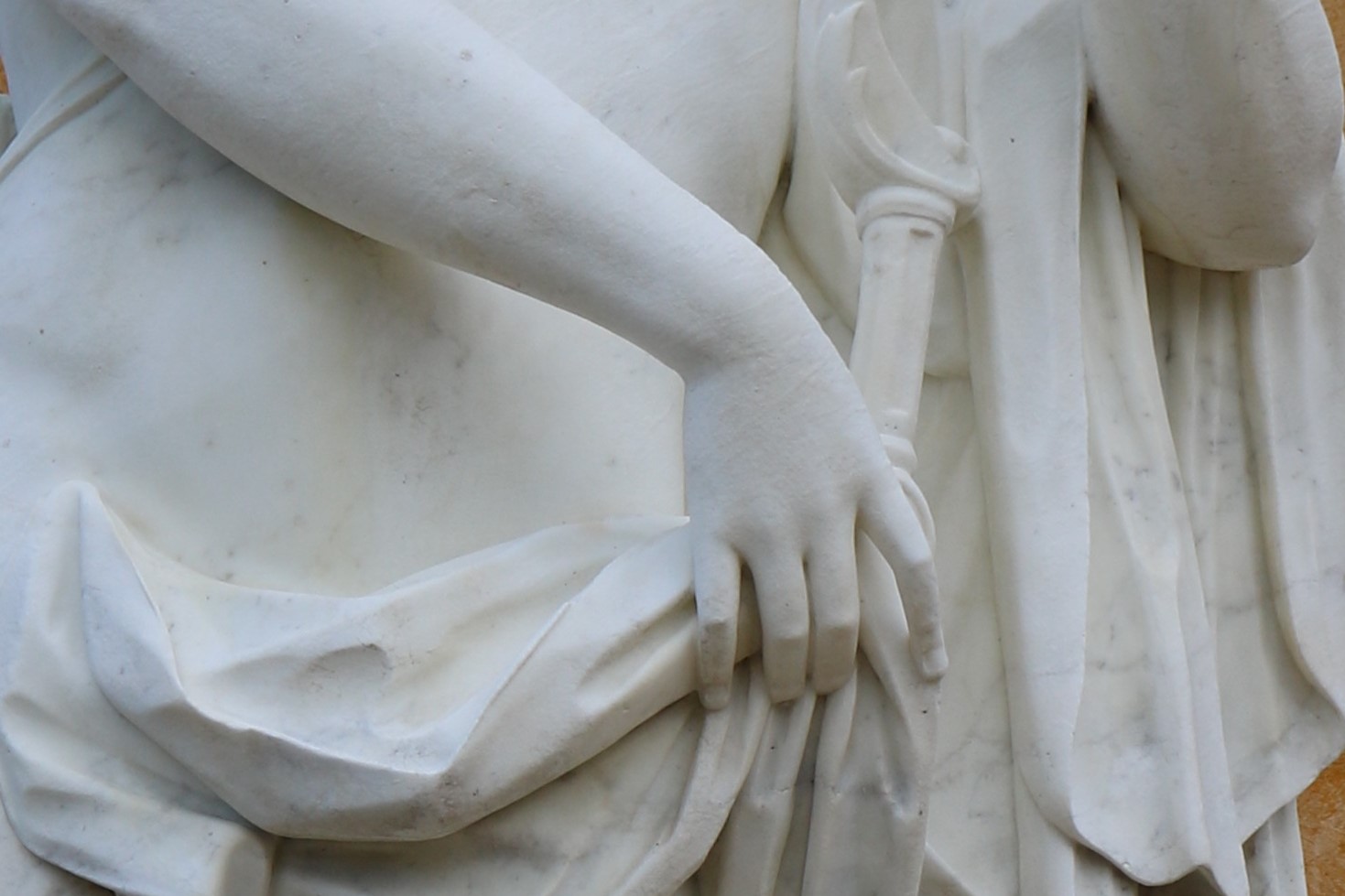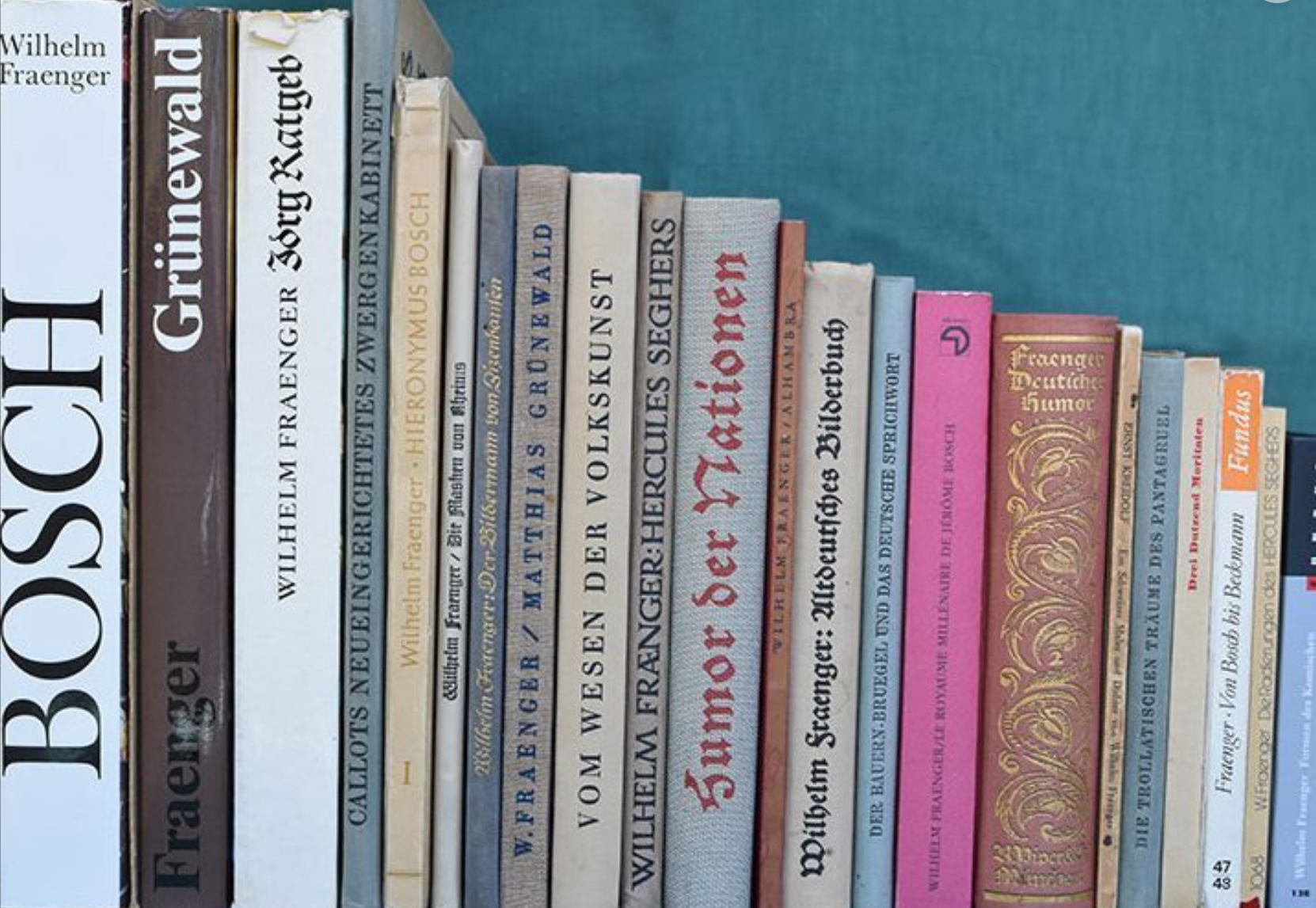
The art historian Wilhelm Fraenger
Hieronymus Bosch is one of the most famous Dutch painters. His chimerical paintings from around 1500, such as the Garden of Delights (Madrid), and eerie panoramas of hell, as in the Temptation of St. Anthony (Lisbon), have puzzled viewers for centuries. One of the most profound explorers of Bosch’s mysterious pictorial world was the art historian Wilhelm Fraenger (1890-1964), who lived in Babelsberg from 1952 until his death.
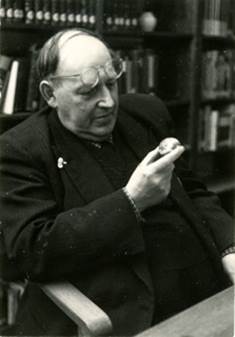
After studying in Heidelberg and stops in Mannheim, Berlin and Brandenburg, Fraenger moved to a house in Babelsberg, right on the border to West Berlin, in 1952. Manuel R. Goldschmidt from the publishing house Castrum Peregrini in Amsterdam reports on a visit there:
“Fraenger lived with his family in a cosy house which, set back from the road, stood in a large garden. On the walls hung framed pencil drawings of mentally ill people that he had received from Hanz Prinzhorn in Heidelberg: captivating pictures, dotted from edge to edge. I also remember two etchings by Max Beckmann. And, of course, books everywhere! Above the sofa where I slept, the dictionary of German superstition: I couldn’t resist rummaging through it at night. […] Wilhelm Fraenger’s desk was loaded all over with folders, books and papers.”
In the Aue, Fraenger continued his many years of Bosch research as a private scholar. In investigative work, he delved into all the details of the “Garden of Delights”, which he called “The Millennial Kingdom” and in which he recognised the cult image of a Gnostic secret society in the Netherlands. His friend, Werner Hollmann, a doctor from Potsdam, reported:
“Through Wilhelm Fraenger we became acquainted with a completely different science of art than the one we had been used to. We now saw many a work of art in a completely new way, because under his gaze we experienced many things in a much broader framework – a framework that encompassed the entire spiritual events of the time out of which the work of art had been created. And often the work of art uncovered hidden aspects of these contemporary events. His view was so broad because he had a profound knowledge of the background and an eminent art of interpretation, and because this art of interpretation found expression in a peculiarly gripping language – not only in his essays and books, but also in conversation with him. How vivid this made many a work of art and art per se, but also what he told us about his life. And how hopeful all this was at the time when Wilhelm Fraenger became our friend.”
As is usual among Bosch scholars, Fraenger’s interpretations have not remained unchallenged. But regardless of the assessment of his interpretations, Fraenger’s power of language, his extraordinary vocabulary and the accuracy of his descriptions remain a fascinating reading experience. His colleague Max J. Friedländer had attested to Fraenger in 1946 that his writings were “perhaps the best in linguistic rendering of visual experiences among the living in Germany”.
In 1960, Fraenger bought a house at nearby Tschaikowskyweg 4, but it could not be used until his death in 1964. It was not until 1969 that his widow Gustl Fraenger and adopted daughter Ingeborg Baier-Fraenger moved in. They transferred Fraenger’s library and manuscripts there and compiled his estate. In 1975, the Dresden-based VEB Verlag der Kunst published a monumental illustrated book that brought together Fraenger’s lifelong Bosch studies. The 9th edition of this work, which in the GDR was regarded as a sign of undogmatic thinking, was published in 1990. In addition to licensed editions for the FRG, translations into Hungarian, English and Polish were published.
Other Dutch artists Fraenger researched included the etcher Hercules Seghers and Pieter Bruegel the Elder. Both of these studies had already been published in 1922, but were reprinted in 1984 and 1999. Even after the death of Ingeborg Baier-Fraenger, the Fraenger archive remained in the Tchaikovskyweg until a few years ago, when it and its library were taken over by the Brandenburg State Archives in Potsdam. In 2020, the catalogue “Die Bibliothek des Kunsthistorikers und Volkskundlers Wilhelm Fraenger” (The Library of the Art Historian and Folklorist Wilhelm Fraenger), edited by Sonja Miltenberger and Klaus Neitmann, was published, listing over 3000 titles. The graves of Wilhelm and Gustl Fraenger as well as Ingeborg Baier-Fraenger can be found at the Goethestraße cemetery.
– Dr. Michael Philipp, Chief curator, Museum Barberini
Header Image: Bücher Wilhelm Fraengers │ Photo: Wilhelm-Fraenger-Gesellschaft e.V.

